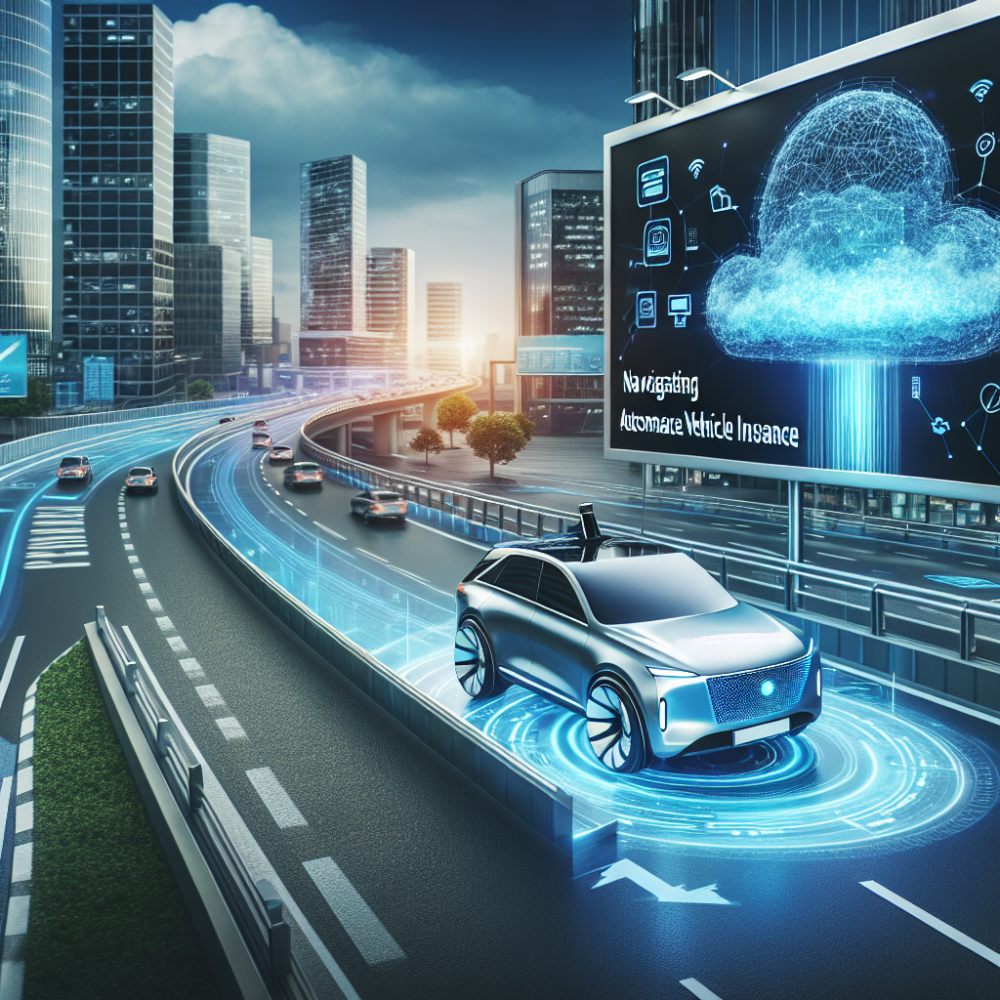Future of Mobility: Navigating Autonomous Vehicle Insurance

Posted on: Saturday, March 2nd, 2024
In the rapidly evolving landscape of autonomous vehicles (AVs), the adaptation of insurance policies and coverage becomes paramount. The integration of AV technology introduces unique challenges and opportunities within the insurance industry, including liability determination, risk assessment, and policy customization. This guide explores the latest advancements in AV coverage, highlighting the critical aspects insurers, policyholders, and regulatory bodies must consider. As AVs move closer to widespread adoption, understanding these elements is essential for navigating the future of transportation and insurance.
1. Liability Shift: Traditional vehicle insurance typically focuses on driver error, but AV technology shifts liability towards manufacturers and software developers. This change necessitates the creation of new insurance models that address the complexity of determining fault in incidents involving autonomous vehicles.
2. Data-Driven Risk Assessment: The abundance of data generated by AVs provides insurers with the opportunity to refine risk assessment models. Utilizing real-time data, insurance companies can more accurately predict and mitigate risks, leading to more personalized and fair pricing strategies.
3. Cybersecurity Concerns: As AVs rely heavily on connectivity, cybersecurity becomes a significant concern. Insurance policies will need to cover cyber-attacks that could compromise vehicle functionality, posing threats to passenger safety and privacy.
4. Regulatory Environment: The legal and regulatory landscape surrounding AVs is still under development. Insurers and policymakers must work together to create standardized guidelines that ensure consistent coverage and liability determination across different jurisdictions.
5. Product Liability Insurance: The focus on software and hardware performance in AVs increases the importance of product liability insurance for manufacturers. This coverage protects against claims arising from system failures or malfunctions that could lead to accidents or injuries.
6. Personalized Policies: The capability of AVs to monitor driver behavior and environmental conditions enables the creation of highly personalized insurance policies. This innovation could lead to more accurate premium determinations, benefiting both insurers and policyholders.
7. Ride-Sharing Implications: The rise of AVs in ride-sharing services presents unique insurance challenges, including coverage for passengers and third parties. These complexities require tailored insurance solutions that address the diverse risks associated with this mode of transportation.
8. Usage-Based Insurance (UBI): AV technology facilitates the expansion of UBI policies, where premiums are determined based on vehicle usage and driving behavior. Adopting UBI can incentivize safer driving practices and offer financial benefits to cautious users.
9. Ethical and Privacy Considerations: The collection and use of personal data by AVs raise ethical and privacy issues. Insurance policies must navigate these concerns while leveraging data for improved risk management and policy customization.
10. Cross-Sector Collaboration: The success of AV coverage relies on collaboration between the insurance industry, vehicle manufacturers, technology companies, and governmental agencies. A unified approach ensures the development of comprehensive coverage solutions that address all aspects of autonomous vehicle operation and liability.
The intersection of technology and insurance in the context of autonomous vehicles presents a dynamic and complex field. As the technology advances and becomes more integrated into society, the insurance industry will continue to evolve, offering new forms of coverage and policies tailored to the unique needs of AVs. Stakeholders must remain informed and adaptable to navigate the intricacies of insuring the future of transportation effectively.